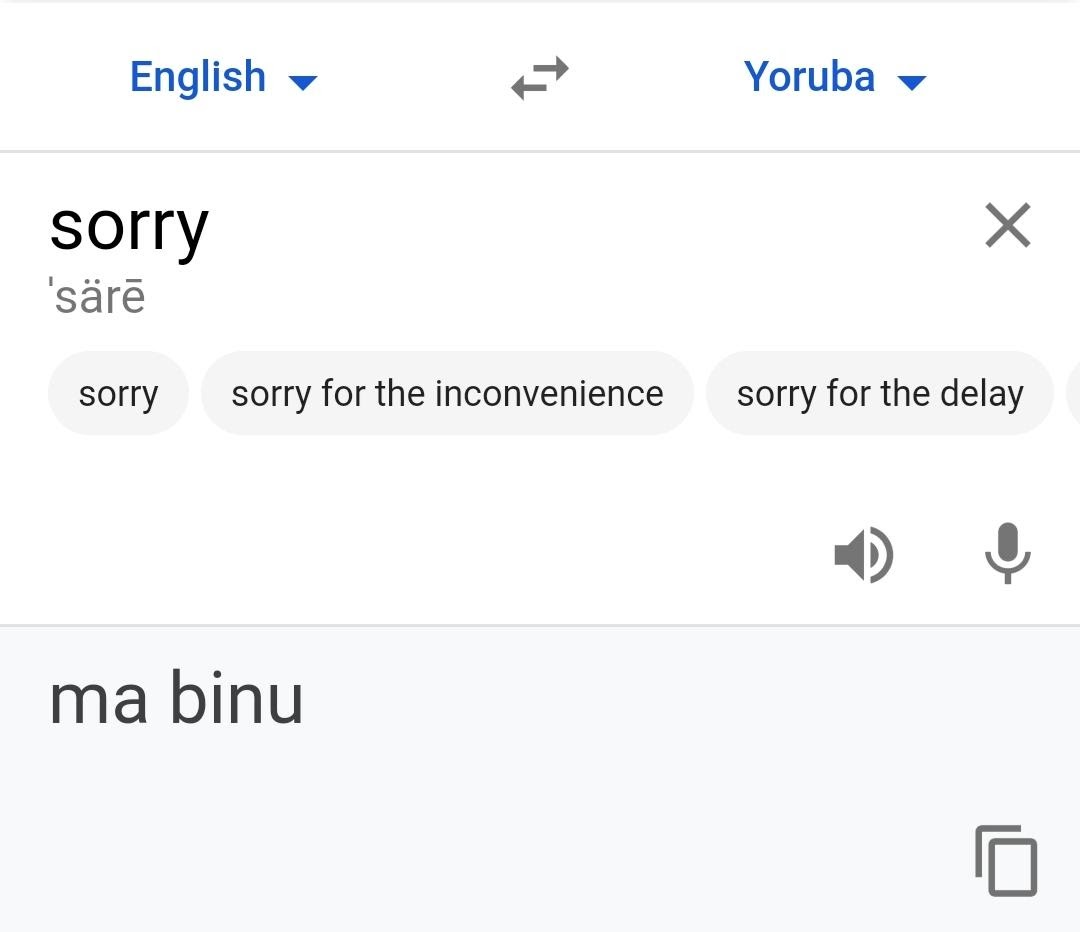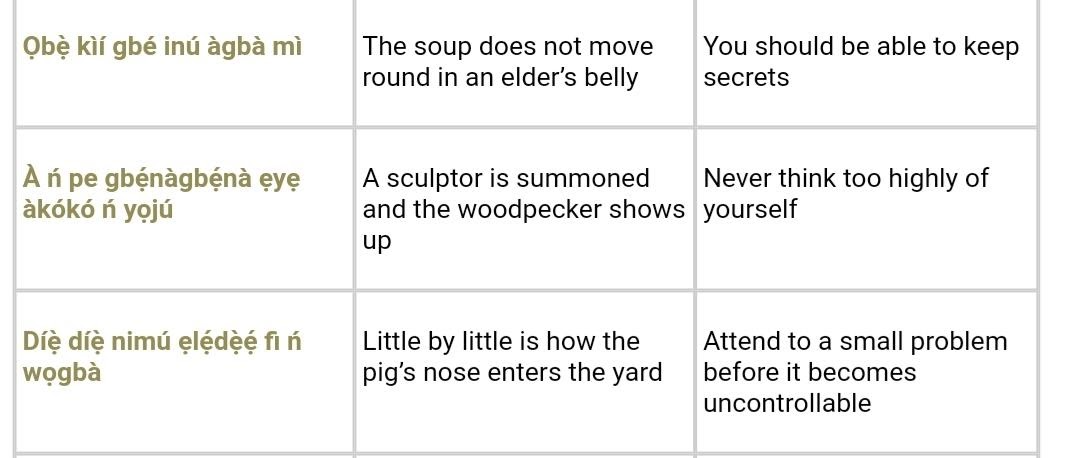Challenges Faced When Translating from Yoruba to English
Even the most expert translators will admit that they have faced frustration and confusion when it comes to doing their job.
For one to successfully translate Yoruba to English they need to have a deep understanding of the language and culture.
If not they may face a lot of challenges. In this article, we highlighted some of the challenges you'll likely encounter when translating from Yoruba to English.
Along with some tips to overcome them.
Challenges faced in Yoruba to English Translation
Structural Problems
Every language has is its structure that follows a set of rules.
How easily one can translate the source language to the target language depends on how complex the structure of both languages is.
In English, a sentence has a subject, object, and a verb. And it follows that order- e.g. "Adesuwa reads newspapers"
Not every language follows this structure. To accurately translate the source language, translators have to add, remove, or rearrange words so that they effectively communicate in the target language.
Challenge in Translating Proverbs and Idioms
Source: Atlas
These are expressions that are generally important to all languages across the world.
Proverbs and idioms are a significant part of the Yoruba language and culture.
And translating them will prove to be a difficult task for anyone who does not understand the cultural differences between the source language (Yoruba) and the target language (English).
From the image above we have three columns showing:
Yoruba proverbs
Their direct English translations
And the meaning of the proverbs
From the image, we can see that the direct translation of the proverb in English makes no sense.
But once the meaning of the proverb has been translated it becomes more clear.
The problem of Missing Words

Every language has some words that are virtually impossible to translate to another language.
It is no surprise that many languages have specific words used to describe a situation or object. When this is the case, finding an alternative in another language can be a problem.
In Yoruba, the term "akudaya" is used to describe a dead person's spirit that has been spotted somewhere before the news of their death has spread.
In English, you might think to translate it as a ghost. Which is not entirely correct because ghosts are for people that are confirmed dead.
Tips for Translating from Yoruba to English
Understand the structure for both languages
Remember that not all languages have the same structure. An example is Yoruba and English.
When translating be sure to change the source language's structure to the target language's structure.
Don't translate idioms and proverbs directly
From the image earlier we saw that directly translating the proverbs from the source language made no sense.
But translating them with their meaning in mind provided more clarity.
Update your vocabulary to properly substitute words
There will be times when you cannot find a word that directly translates to what you're looking for.
But having a wide vocabulary will help you substitute with something close. And hopefully, maintain the original message being passed.
Conclusion
To accurately master the art of translation, you need to learn the importance of translating words to suit the context and purpose of the message.
This is especially important when translating idioms, proverbs, phrasal words, etc.
You also need to have an in-depth understanding of the source language and target language.
When in-depth understanding is paired with contextual and purposeful translation, it ensures that the message of the original language is passed across without distortion.

